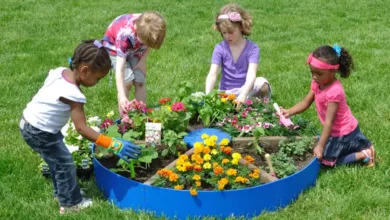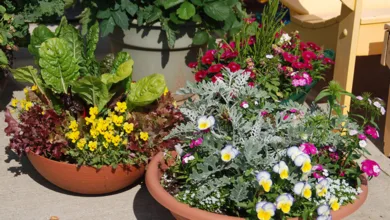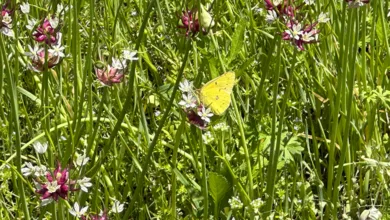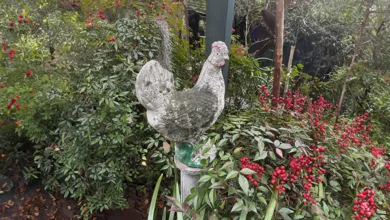How to Successfully Grow Dahlias
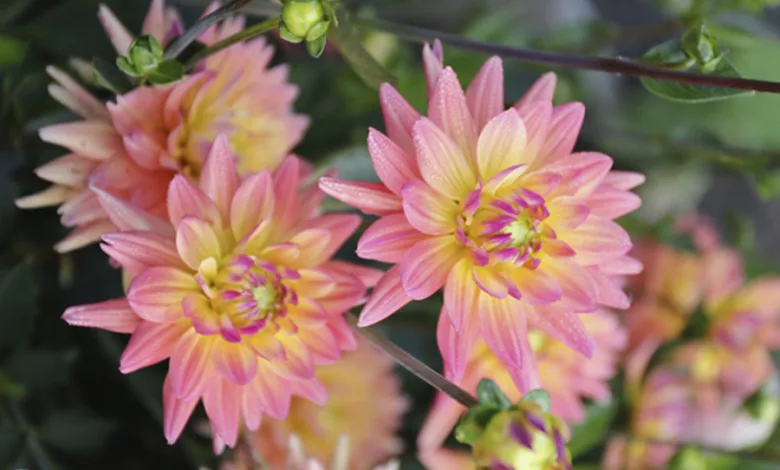
Growing beautiful dahlias is easier than you think. Proper planting and care will result in an abundance of beautiful blooms for you to enjoy in your garden and summer bouquets. Use these strategies to boost your dahlia growing success:
Start Early for a Long Season of Flowers
Dahlias grow from sweet-potato-like tuberous roots. They are often called tubers, and many plant them in late spring. If you want earlier blooms, start your dahlias indoors about four to six weeks before the last spring frost. Use one-or two-gallon pots with drainage holes. Fill them with a damp growing mix and cover the tip of the tubers with one to two inches of soil. Water sparingly until the sprouts emerge, which can take two to four weeks.

Plant Outdoors in Late Spring or…
Grow dahlias as you would tomatoes. Choose a sunny location with fertile, well-drained soil. Don’t be in a rush to plant your dahlias. Wait until the soil is warm and all danger of frost has passed.
To encourage healthy root growth, take the extra time to loosen the earth in the planting area to at least 12 inches deep.
Good air circulation encourages robust and healthy growth—space border dahlias 15 inches apart from the center of one plant to the next. Taller types should be spaced at least 18 to 24 inches on the center. Plant, so the top of the tuber is no more than one to two inches below the soil surface. It can take several weeks for the first sprouts to emerge, but the plants grow very quickly once they do.
Pinch for Fuller Growth and More Blooms
When your dahlias reach a height of 10 to 12 inches, use scissors or sharp pruning shears to remove the top two or three sets of leaves. Pinched plants produce more side branches, resulting in sturdier growth and lots more flowers. Pinching will set the plants back by a week or two, but they will come back quickly.
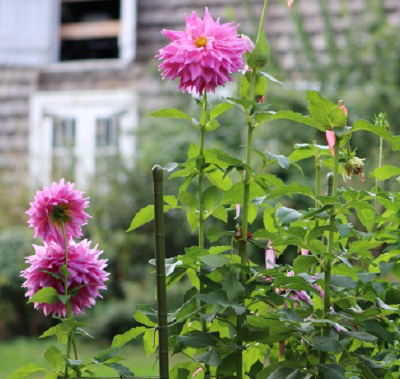
Stake to Avoid Broken Stems
Dahlias that grow more than three feet tall benefit from staking. The staking process is essential, especially for varieties that produce large flowers. Staking helps plants stay upright, minimizes damage from wind and rain, keeps the flowers more visible, and makes it easier to deadhead. Add the stakes at planting time or soon after to avoid damaging the tubers. For more information on staking and pinching dahlias to increase flower production, read Longfield Gardens’ How to Pinch and Stake Dahlias article.
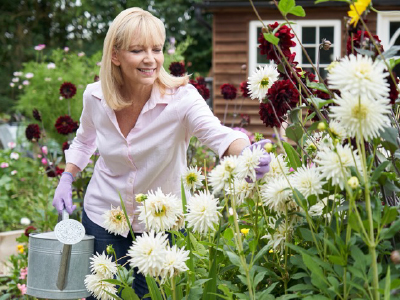
Feed Your Plants and Don’t Let Them Go Thirsty
Dahlias perform best when they receive consistent moisture throughout the growing season. Too much or too little water causes stress and can reduce flower production. When the weather is dry, water deeply once or twice a week using drip irrigation, a soaker hose, or a watering wand. Keep the foliage as dry as possible to minimize disease. Mulching the soil with shredded leaves, evergreen needles, or other organic material will conserve moisture, moderate soil temperature, and suppress weeds.
Dahlias perform best when they are well-fed. Enrich the soil with compost and add a low-nitrogen, slow-release fertilizer at planting time. Once the plants are 12-18 inches tall, many gardeners boost performance with an additional slow-release fertilizer application or several liquid fertilizer applications every three to four weeks. Follow the label directions for the selected fertilizers’ timing and application rates.
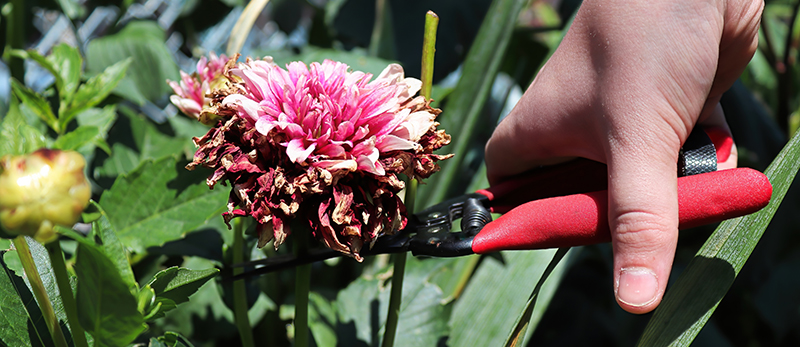
Pruning and Deadheading
The more flowers you cut, the more flowers you’ll get. Harvesting flowers twice a week will encourage a plentiful supply of blooms. Remove the spent flowers immediately (deadheading) to minimize pest and disease problems. Always use sharp bypass pruners or snips to make clean cuts. If you want flowers with long stems, be willing to sacrifice some side buds. Stems come back longer and stronger when you cut deep into the plant and close to the main branch.
Dahlias require a little more time and attention than many other flowering plants. But your efforts will be handsomely rewarded with a bounty of beautiful blooms and a sense of accomplishment.



